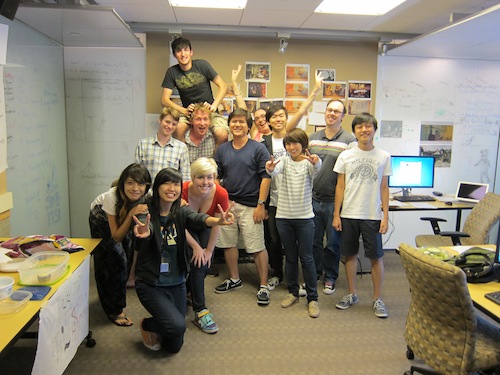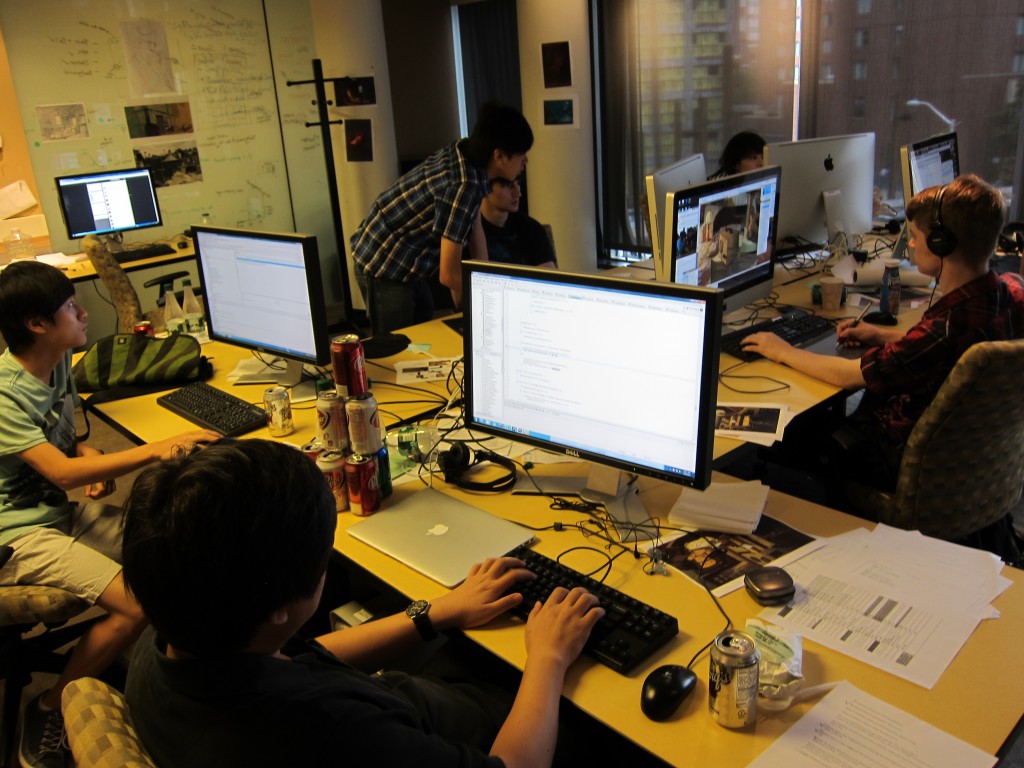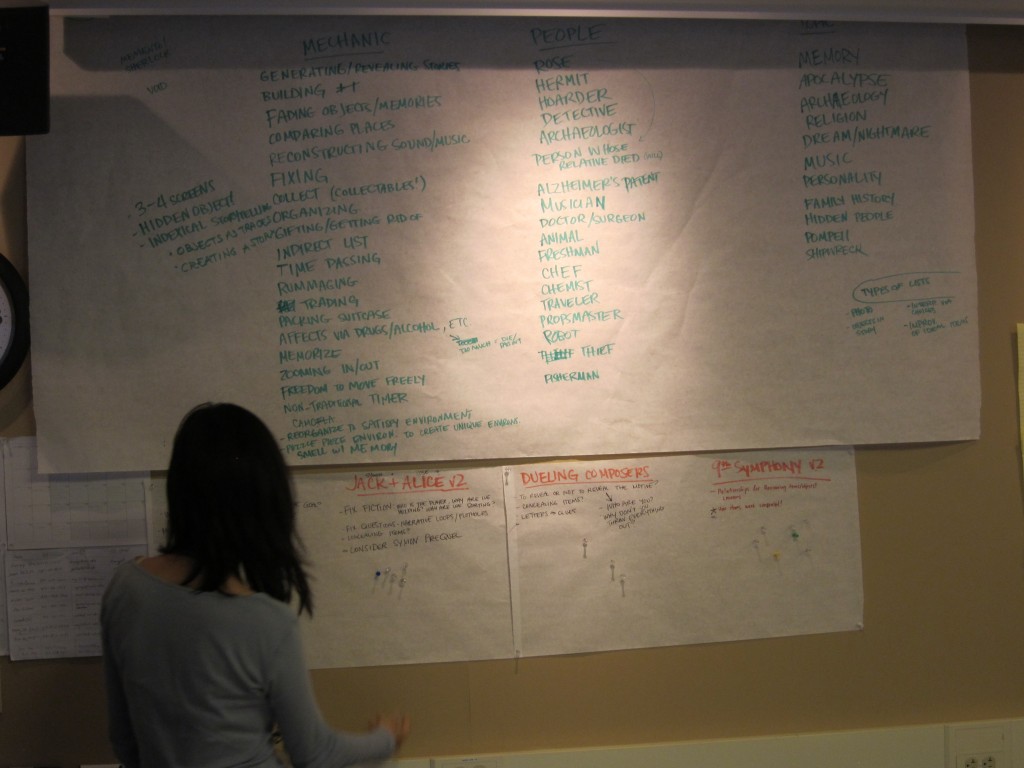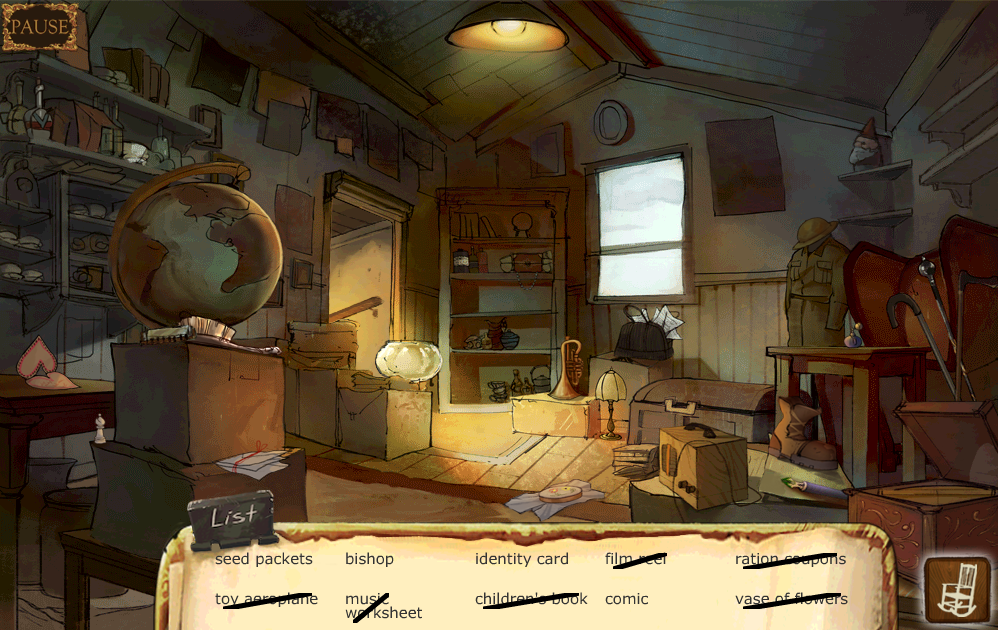The Pick Up (Part 1)
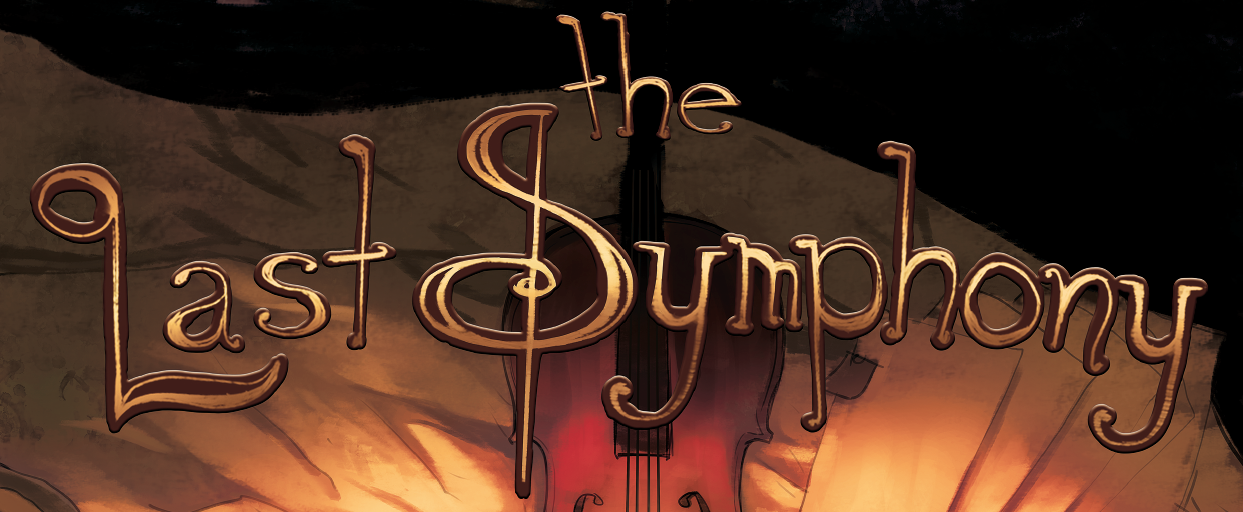
This is the first in a multi-part series of posts written by one of our Sound Designers from last summer, Richard Gould.
My name is Richard Gould. I’m a Composer, Sound Designer and Voice Actor from the United Kingdom. 
In the summer of 2012, I was lucky enough to find myself serving as “Audio Lead” for a video-game project at the Singapore-MIT GAMBIT Game-Lab in Cambridge, Massachusetts. The title of my position may be a little misleading; in reality I was a one-man audio team and thus led only myself. That being said, I wasn’t without a team as I worked directly alongside several other (supremely talented) individuals, including Producers, Artists, Programmers, Designers and QA Leads. At the helm of what would later become “Shoefish Games” were Clara Fernandez and Han Shengyi, our Product Owner and Producer respectively.
We were one of seven teams in the summer of 2012, each of which were exploring a unique research question put forth to them by their Product Owners. In our case, we were tasked with creating a game that explored design strategies based on indexical storytelling within the context of a hidden object game.
The First Movement
Brainstorming, developing the musical concepts and strategies.
Music was considered fairly early on during the initial brainstorming and prototyping phase. We were keen to have some component of audio interactivity present in the game and we predicted that it could play a role as a hint mechanic. After brainstorming, we tested some various ideas and attempted to generate new ones using paper prototyping techniques. An early prototype entitled “9th Symphony” actually had a narrative focused around music, asking the player to effectively build a piece of music whilst uncovering past events though the discovery of significant objects. In a large way, “9th Symphony” paved the way for “The Last Symphony” and it wasn’t until the final weeks of production that we actually revised the title of the game.
Mechanics Of Music
Exploring music interactivity and stylistic content.
Once production began, it was clear that music was not only a key thematic component to our game, but that it would also serve a role in the gameplay. With such a musical focus, I was initially daunted by the task ahead, but I also saw a wonderful opportunity to create a unique musical component that really helped explore the research question put before us.
I began by brainstorming potential music mechanics with my team. I then created audio demos of each of these potential scenarios to hear how effective they might be as a hint mechanic and to hear how musical they might be. Here are some of the ideas we considered.
Since the game would involve collection of objects, most of the concepts involved the music developing in some way when the player collected the objects to suggest progress had been made. So whenever you hear the music noticeably develop in these audio examples, it would be a reaction to the player having found an object.
Check in next week for the next part of Richard Gould’s blog series on The Last Symphony.

